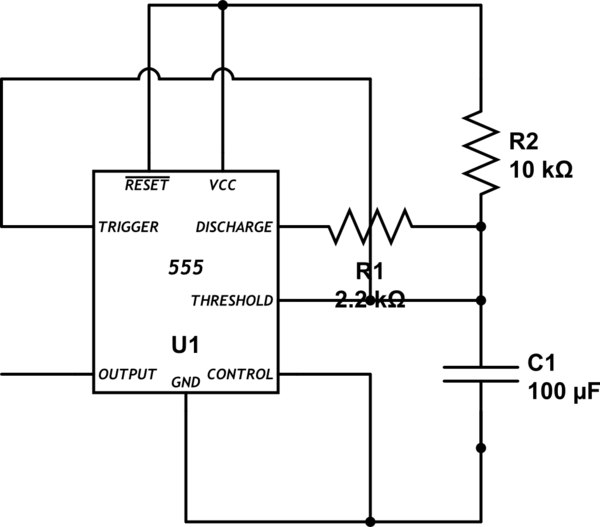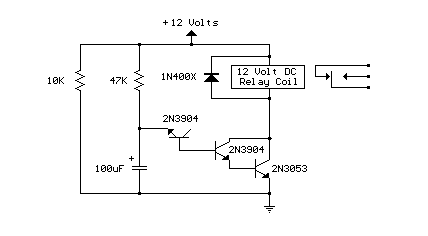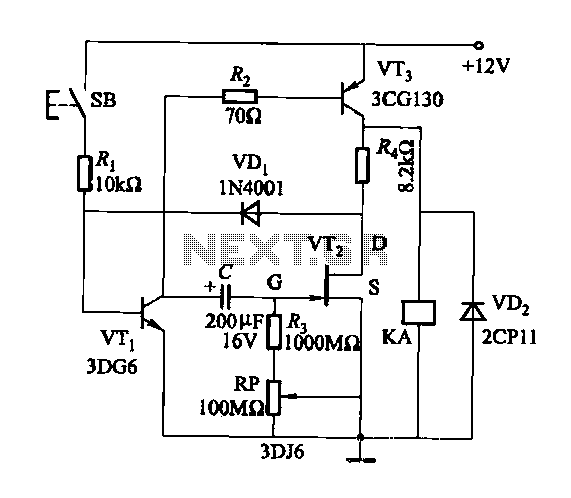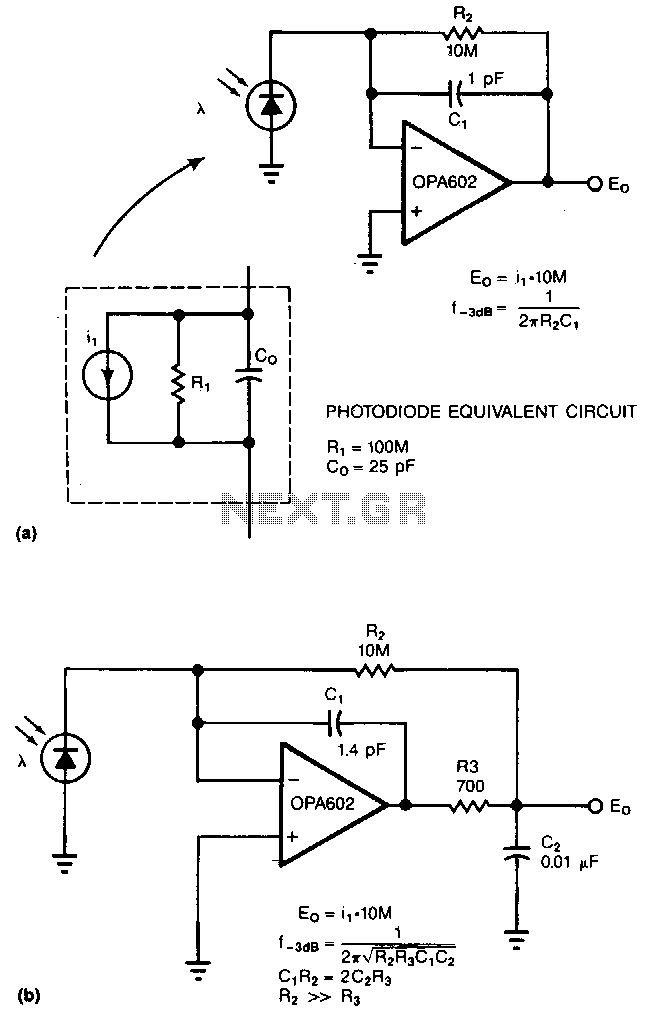
relay Do I need a protection diode here
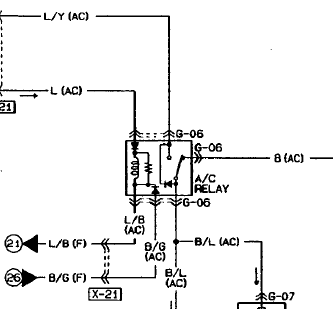
An automotive relay is being analyzed, which exhibits a more complex wiring configuration than typical relays. The diagram indicates that the B/G line maintains a high signal if certain conditions are met, specifically when the engine temperature is excessively high, thereby preventing the relay from energizing. The current understanding of the relay's operation is established, and the plan involves interrupting the L line to integrate a device that will inhibit the relay from energizing unless additional conditions are satisfied. This will be accomplished using logic gates and an output transistor, which will connect the L line when the device permits. There is uncertainty regarding the necessity of a protection diode across the relay to safeguard the transistor, and whether such a diode would disrupt the logic established by the interactions of L, L/B, and B/G.
In the described automotive relay circuit, the relay serves as a crucial component for controlling various electrical functions in the vehicle, often acting as a switch for high-power devices while being controlled by low-power signals. The B/G line functions as a safety feature, ensuring that the relay does not activate under high engine temperature conditions. This is a common protective measure in automotive applications, designed to prevent potential damage to the engine or related systems.
The proposed modification involves cutting the L line, which is typically responsible for energizing the relay. By inserting a device that utilizes logic gates, the intention is to create a more sophisticated control mechanism. Logic gates will process input signals based on predefined conditions, allowing for the relay to be energized only when all necessary criteria are satisfied. An output transistor will act as a switch, connecting the L line to ground when the conditions are met, thus energizing the relay.
The consideration of a protection diode is critical in this circuit design. A diode placed across the relay coil can serve to protect the output transistor from voltage spikes generated when the relay coil is de-energized. These spikes, known as back EMF (electromotive force), can potentially damage the transistor if not properly mitigated. The presence of the diode should not interfere with the logic implemented by the combination of L, L/B, and B/G, provided that the diode is correctly oriented. It will allow current to flow in the reverse direction only when the relay is turned off, effectively clamping the voltage to a safe level and protecting the transistor.
In summary, the integration of logic gates and a transistor to control the relay adds complexity and functionality to the circuit, enhancing its operational reliability. The careful placement of a protection diode can further safeguard the components, ensuring that the system operates within its designed parameters without compromising the logic control established by the existing circuitry.I have an automotive relay (from a scan of a workshop manual I`m afraid) which is rather more complexly wired up than the relays I`m familiar with. In this diagram: B/G - holds high if another condition is met (engine temp too high), to prevent the relay energising.
(As far as I can tell. this is the correct logic for sure, not sure if it tech nically works that way!) I understand how the relay works at the moment. However, what I plan is to cut (L) and insert a device which will prevent the relay energising unless some further conditions are met. This is achieved with some logic gates and an output transistor, which will `join` L when my device allows it.
What I can`t tell is if I need a protection diode across the relay to protect my transistor And if I do, would this interfere with the logic provided by the combination of L, L/B and B/G 🔗 External reference
In the described automotive relay circuit, the relay serves as a crucial component for controlling various electrical functions in the vehicle, often acting as a switch for high-power devices while being controlled by low-power signals. The B/G line functions as a safety feature, ensuring that the relay does not activate under high engine temperature conditions. This is a common protective measure in automotive applications, designed to prevent potential damage to the engine or related systems.
The proposed modification involves cutting the L line, which is typically responsible for energizing the relay. By inserting a device that utilizes logic gates, the intention is to create a more sophisticated control mechanism. Logic gates will process input signals based on predefined conditions, allowing for the relay to be energized only when all necessary criteria are satisfied. An output transistor will act as a switch, connecting the L line to ground when the conditions are met, thus energizing the relay.
The consideration of a protection diode is critical in this circuit design. A diode placed across the relay coil can serve to protect the output transistor from voltage spikes generated when the relay coil is de-energized. These spikes, known as back EMF (electromotive force), can potentially damage the transistor if not properly mitigated. The presence of the diode should not interfere with the logic implemented by the combination of L, L/B, and B/G, provided that the diode is correctly oriented. It will allow current to flow in the reverse direction only when the relay is turned off, effectively clamping the voltage to a safe level and protecting the transistor.
In summary, the integration of logic gates and a transistor to control the relay adds complexity and functionality to the circuit, enhancing its operational reliability. The careful placement of a protection diode can further safeguard the components, ensuring that the system operates within its designed parameters without compromising the logic control established by the existing circuitry.I have an automotive relay (from a scan of a workshop manual I`m afraid) which is rather more complexly wired up than the relays I`m familiar with. In this diagram: B/G - holds high if another condition is met (engine temp too high), to prevent the relay energising.
(As far as I can tell. this is the correct logic for sure, not sure if it tech nically works that way!) I understand how the relay works at the moment. However, what I plan is to cut (L) and insert a device which will prevent the relay energising unless some further conditions are met. This is achieved with some logic gates and an output transistor, which will `join` L when my device allows it.
What I can`t tell is if I need a protection diode across the relay to protect my transistor And if I do, would this interfere with the logic provided by the combination of L, L/B and B/G 🔗 External reference
